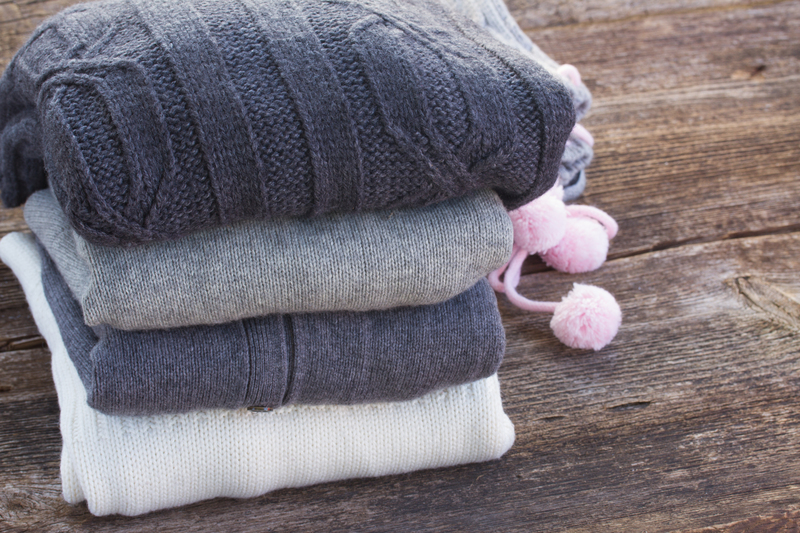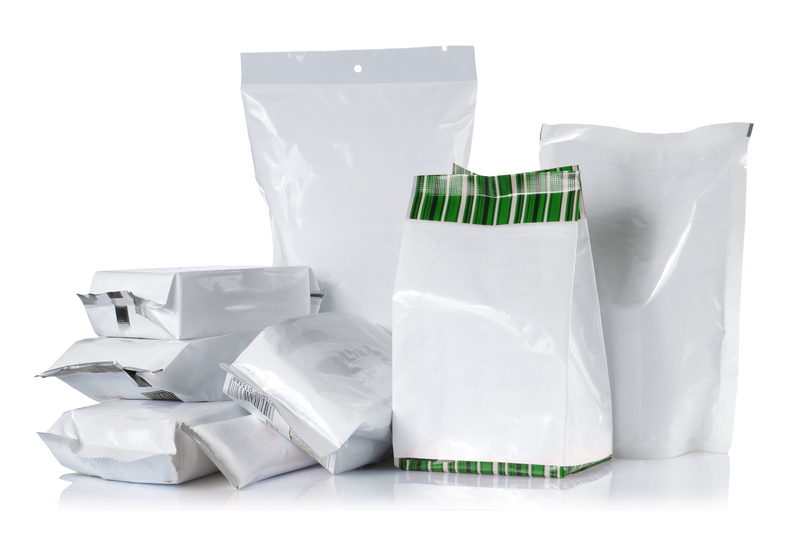Safe Steps to Properly Dispose of Your PPE
Personal protective equipment (PPE) like masks, gloves, and face shields have become a part of our daily lives, especially in light of recent global health events. Learning the proper way to dispose of PPE is crucial not only for your own safety, but also for the environment and public health. This comprehensive guide will teach you the safe steps to properly dispose of your PPE, including eco-friendly options and common mistakes to avoid.
Why Proper Disposal of PPE is Important
PPE plays a vital role in minimizing the spread of infections, especially during pandemics such as COVID-19, influenza, or outbreaks of other contagious diseases. However, improper disposal of used PPE gear can create health hazards for garbage collectors, pollute the environment, and increase the risk of spread within your community.
- Environmental Impact: Disposable PPE contributes significantly to plastic pollution when not handled properly, harming marine life and wildlife.
- Public Health Risk: Mismanaged PPE can harbor infectious agents, putting sanitation workers and the general public at risk.
- Legal Responsibility: Many communities have regulations requiring correct handling of medical or hazardous waste, including masks and gloves.

Understanding PPE Types and Disposal Requirements
Personal protective equipment waste comes in many forms, each with different disposal requirements. Below are the most common types of PPE and how their characteristics affect disposal methods.
Masks (Surgical, Cloth, and N95 Respirators)
- Disposable surgical masks: Made of non-woven fabrics and plastics, generally not recyclable.
- N95 respirators: Highly effective at filtration, but intended for single use and also not recyclable.
- Cloth masks: Reusable when washed regularly; should only be discarded when damaged.
Gloves (Latex, Nitrile, Vinyl)
- Latex and nitrile gloves: Typically single-use and non-recyclable.
- Vinyl gloves: Also non-recyclable; should be disposed of in general waste.
Face Shields & Goggles
- Face shields: Can often be disinfected and reused; broken or heavily contaminated shields should be thrown away.
- Goggles: Usually reusable; only discard if too damaged to clean.
Gowns, Aprons, and Other Protective Clothing
- Disposable gowns and aprons: Usually single-use and should go to the general garbage unless contaminated with hazardous substances.
- Cloth gowns: Must be laundered for reuse or discarded if beyond repair.
Step-by-Step Guide to Safely Dispose of Your PPE
Follow these safe steps to properly dispose of your PPE and protect yourself and those around you:
Step 1: Remove PPE Carefully
- Remove gloves first: Pinch the outside of one glove at the wrist without touching your bare skin. Peel off and hold it in your gloved hand. Slide your fingers under the wrist of the remaining glove, peel off, and hold both gloves in one hand.
- Remove masks properly: Avoid touching the front. Remove by handling the ear loops or ties only, and do not touch the mask's inside or outside surfaces.
- Remove other items (e.g., gowns, shields): If disposable, avoid contact with the front or contaminated parts.
Step 2: Dispose PPE in Designated Waste Bins
- Household use: Place used PPE items in a separate, lined trash bag. Tie bag tightly before putting it in your main garbage bin. Mark the bag if possible.
- Public places/businesses: Look for bins marked for "PPE Waste" or "Biohazard Waste." Always use foot pedals if available to avoid hand contact.
Step 3: Seal and Segregate Used PPE
- Do not toss PPE loosely in the trash or public bins.
- Double-bag highly contaminated PPE or any PPE from someone who is sick.
- Clearly label the bag if there's a known infection risk inside.
Step 4: Practice Hand Hygiene After Disposal
- Wash hands thoroughly with soap and water for at least 20 seconds.
- If soap and water are not available, use a hand sanitizer with at least 60% alcohol.
Additional Tips for Safe PPE Disposal
- Always supervise children who are disposing of their own PPE.
- Do not attempt to "disinfect and reuse" single-use PPE, unless guided by official protocols.
- Never flush masks, gloves, or wipes down toilets--they clog sewers and damage wastewater treatment processes.
- Encourage others to follow recommended PPE waste disposal guidance.
What NOT to Do When Disposing of PPE
- Do not recycle single-use PPE like gloves and disposable masks--they contaminate recycling streams.
- Do not burn PPE waste at home--this releases toxic fumes and is hazardous.
- Do not leave PPE in public spaces, parking lots, parks, or on the street.
- Do not donate partially used PPE to healthcare facilities.
PPE Waste and Environmental Impact
The surge in PPE usage has dramatically increased the volume of single-use plastics and other materials entering our waste streams. According to the United Nations, improper disposal of PPE can lead to massive environmental pollution, especially in oceans where wildlife can ingest or become entangled in masks and gloves. Responsible PPE disposal is a crucial contribution to environmental preservation.
Eco-Friendly PPE Disposal Options
- Reusable PPE: Choose cloth masks and washable gowns whenever possible to reduce waste.
- PPE Recycling Programs: Some specialized companies and local municipalities offer collection and recycling services for select PPE items. Research local options before sending PPE to landfill.
- Compostable PPE: A few manufacturers now offer biodegradable masks and gloves for more sustainable disposal. Verify certifications before purchasing.
Community and Workplace Responsibilities
In settings like offices, schools, and public facilities, it's important to implement:
- Designated PPE Disposal Bins: Place visible, clearly-marked bins for PPE waste in entrances, exits, restrooms, and communal areas.
- Routine Waste Collection: Empty PPE bins regularly to prevent overflow and minimize contamination risk.
- Employee Training: Encourage staff and visitors to dispose PPE properly and offer routine safety briefings.
Special Considerations for Medical & Healthcare Settings
- Follow strict infection control procedures--use red bags or labeled "biohazard" containers approved for medical waste.
- Keep PPE waste separate from general trash at all times.
- Ensure staff are trained in infection prevention and personal safety during waste handling.
Disposing of PPE When Caring for Someone Sick at Home
- Use dedicated lined trash cans and double-bag all PPE used in the care process.
- Seal and mark the bags before placing in household garbage.
- Wait 72 hours before disposing of sealed PPE waste if instructed by health authorities, to reduce risk to waste handlers.
Innovations in PPE Waste Management
As the need for sustainable waste solutions grows, researchers and companies are developing new ways to recycle or upcycle PPE. Some new approaches include:
- PPE recycling plants that convert masks and gloves into construction materials or plastic pellets.
- Biodegradable PPE products designed to break down safely within months in landfills or composting facilities.
- Deposit return programs for large institutions to collect used PPE for safe processing.

Conclusion: The Importance of Safe PPE Disposal
The proper and safe disposal of personal protective equipment is everyone's responsibility. By following the safe steps to properly dispose of PPE, you protect not only your own health, but that of your community and the environment. Always remember:
- Remove and handle PPE with care, touching only clean areas and avoiding the face.
- Use designated waste bins for PPE in public and workplace settings.
- Double-bag and label potentially infectious PPE to protect waste handlers.
- Wash your hands diligently after any waste handling.
If more people take these precautions seriously, we can greatly reduce the impact of PPE waste on public health and our planet. Share this guide with friends, family, and colleagues to help everyone take the right steps towards safe and effective PPE disposal.
Frequently Asked Questions About PPE Disposal
-
Can I recycle disposable masks or gloves?
No. Most disposable PPE is made from materials unsuitable for traditional recycling. Always check with your local waste management authority for special programs. -
What should I do if there are no PPE bins in public?
Carry a spare, sealable bag to store used PPE until you find a proper waste bin. -
How can workplaces ensure proper PPE disposal?
Set up clear signage, provide special bins, and train all personnel in waste procedures. -
Are there sustainable PPE options available?
Yes! Look for certified reusable or compostable PPE products to reduce waste.
Remember: Safe PPE disposal is as important as wearing PPE. Make it a part of your protective routine every day.
